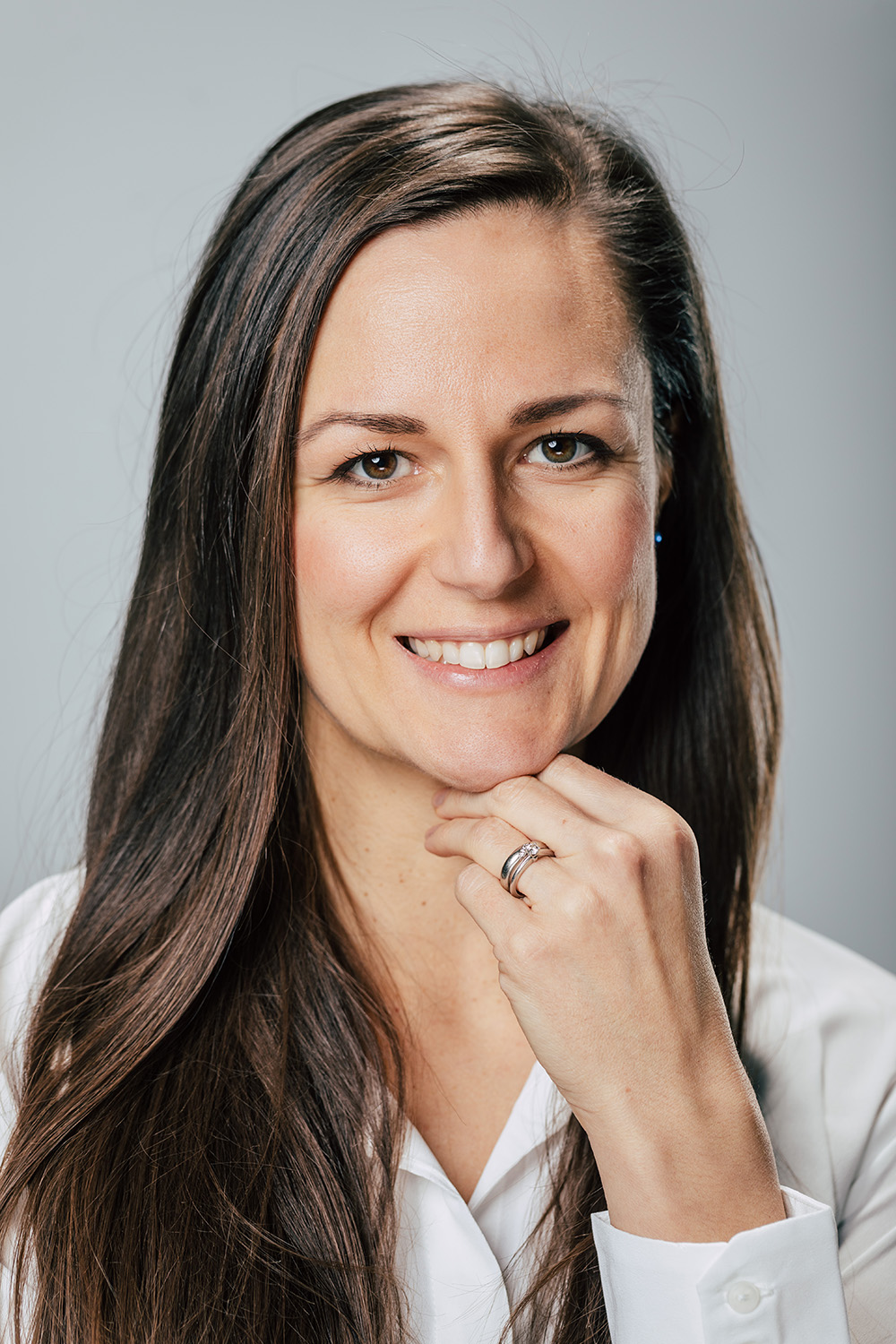Colonoscopy
About
A colonoscopy is a safe and effective method for visual examination of the intestinal mucosa using a long, flexible, tubular instrument (colonoscope) that has a small camera on the tip. It is used to diagnose colon and rectal problems, to perform biopsies, and to remove colon polyps. With colonoscopy, it is now possible to detect and remove most polyps without abdominal surgery.
Colonoscopy is more accurate than colonic irrigography for detecting polyps or early colon cancer. Often found polyps can be removed immediately, and their timely removal in the intestine prevents the development of cancer. Most colonoscopies are performed on an outpatient basis with minimal discomfort, usually without sedation. The advantages of colonoscopy without sedation are the avoidance of possible complications (presedation, aspiration, bronchospasm), and shorter examination time.
Candidate
You need a colonoscopy when you have constipation or diarrhea of unknown cause or bleeding, which indicates possible colon or rectal problems, to check for unexplained abdominal pain and when there is gastrointestinal bleeding (positive blood in the stool - occult bleeding). You also need the examination if you suffer from chronic inflammatory bowel disease (colitis), if it is necessary to remove polyps, stop bleeding, remove foreign bodies, and to monitor patients with a history of polyps or colon cancer. According to the Croatian Cancer Registry, colon cancer ranks second in terms of frequency among the total population. For this reason, the recommendation of the World Gastroenterology Society is that a colonoscopy is necessary for every person over the age of 50, regardless of symptoms, and people with a close family history of colon cancer should have their first colonoscopy no later than the age of 40.
Treatment
Before the examination, you will be given to wear disposable underpants with an opening in the area of the final part of the intestines. The examination is performed in the lying position on the left side with the knees slightly pulled to the chin. The doctor starts the examination by placing a local anesthetic gel around the exit of the large intestine. After that, he examines the anus and the terminal colon with a finger, and then puts the tip of the colonoscope into the last part of the large intestine. Then, by blowing air, he moves the flexible tube through the intestine towards the beginning of the large intestine (cecum). After this part of the intestine has been examined, the colonoscope is slowly pulled out. The doctor may ask you to turn on your back or right side during the examination so that he can more easily advance through the bowel. He or she may also ask you (or the nurse) to put pressure on certain areas of your abdomen with your hand to limit the colonoscope from twisting. You will receive the result after the search is completed. If a biopsy was performed, you will receive the findings, i.e. pathohistological diagnosis (PHD), a few days later. You may feel bloated for a couple of hours after the examination with passing gas because of the air that was blown into the intestines during the examination. You may also notice some blood with the first stool. Colonoscopy and biopsy are very safe when performed by an experienced doctor and most people have no problems after the test.
ZagrebMed patient reviews

Send an inquiry for the treatment
Start your way towards a successful treatment today. Fill out the form with your data, choose the service you need and we will connect you with the top medical experts in Zagreb.